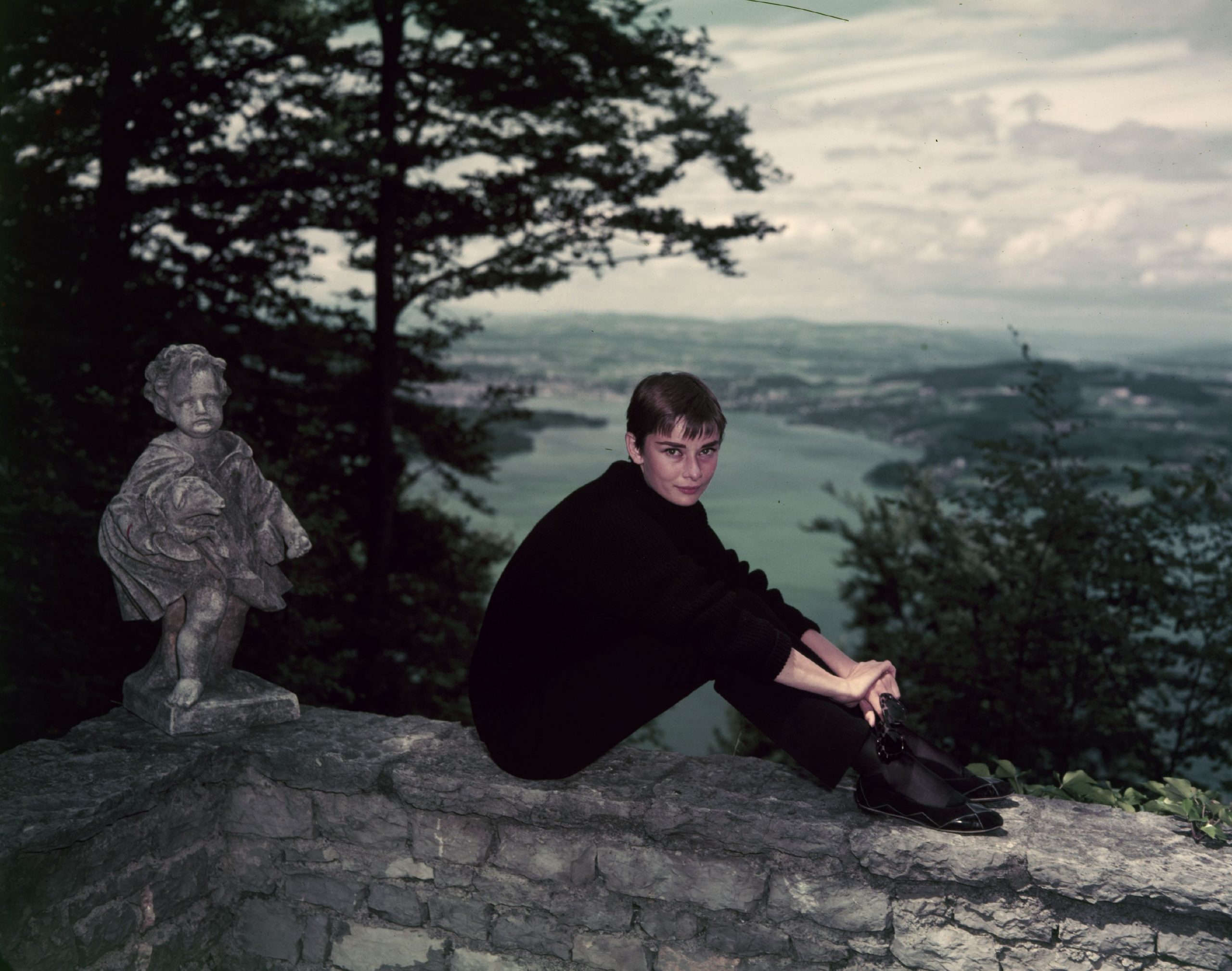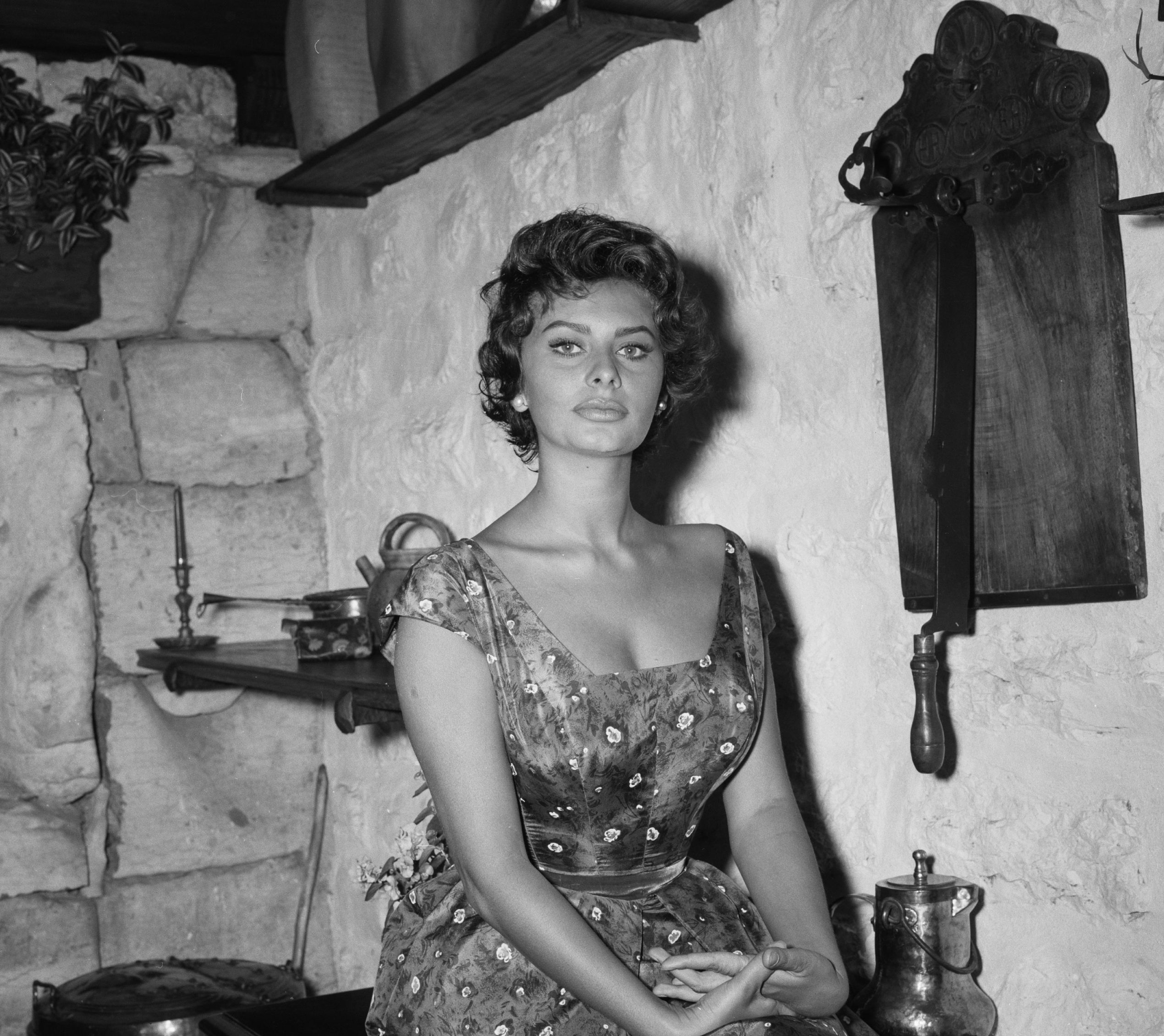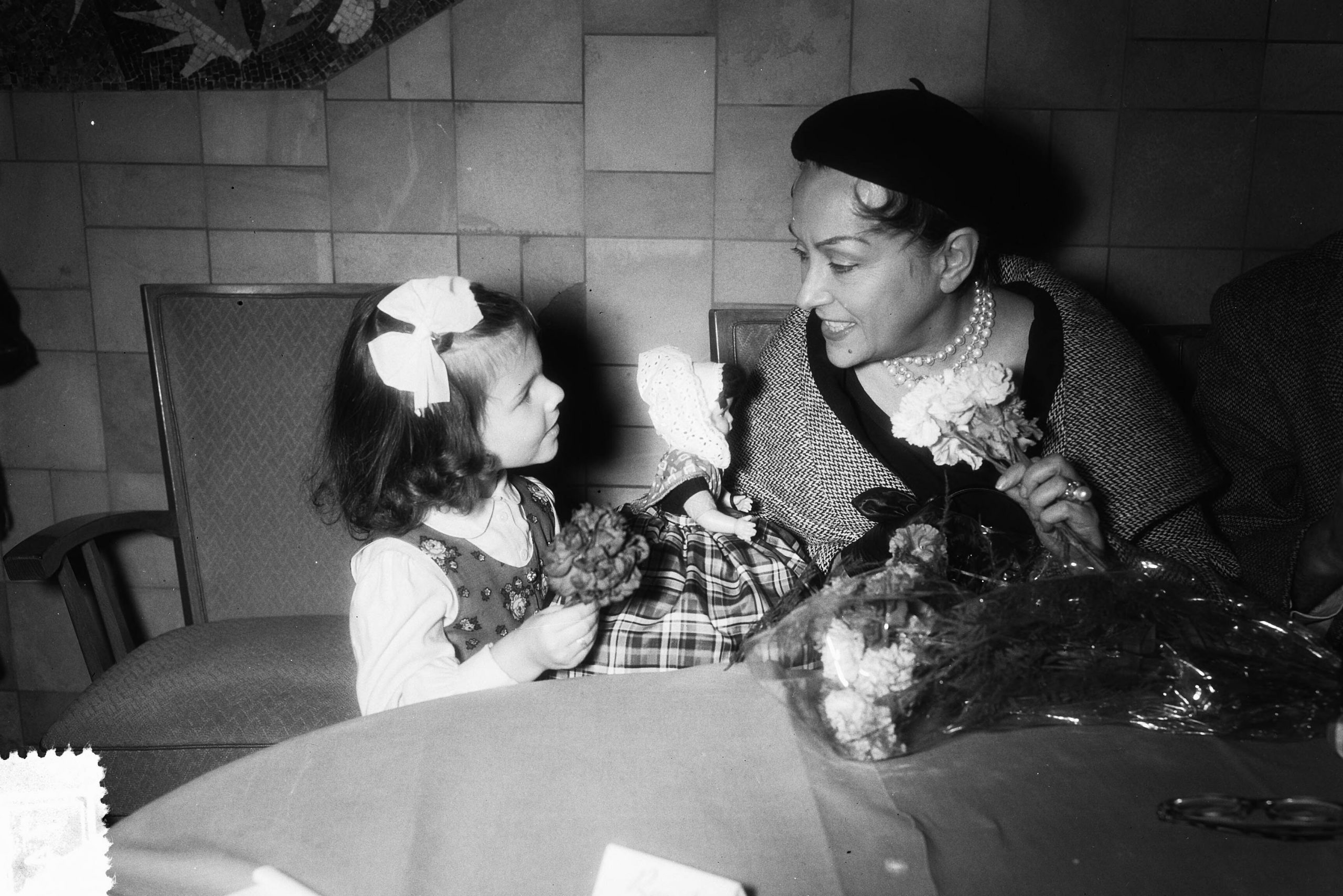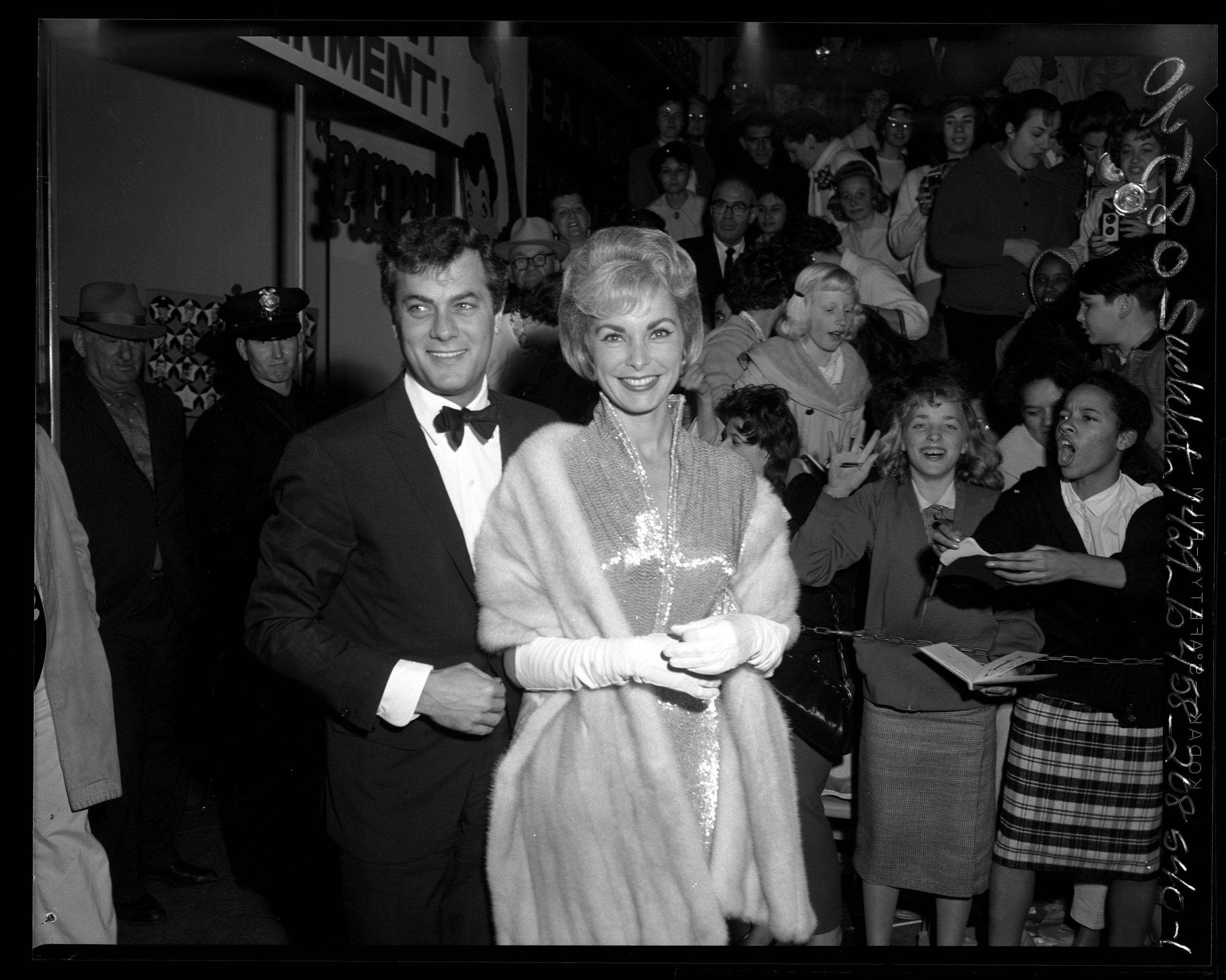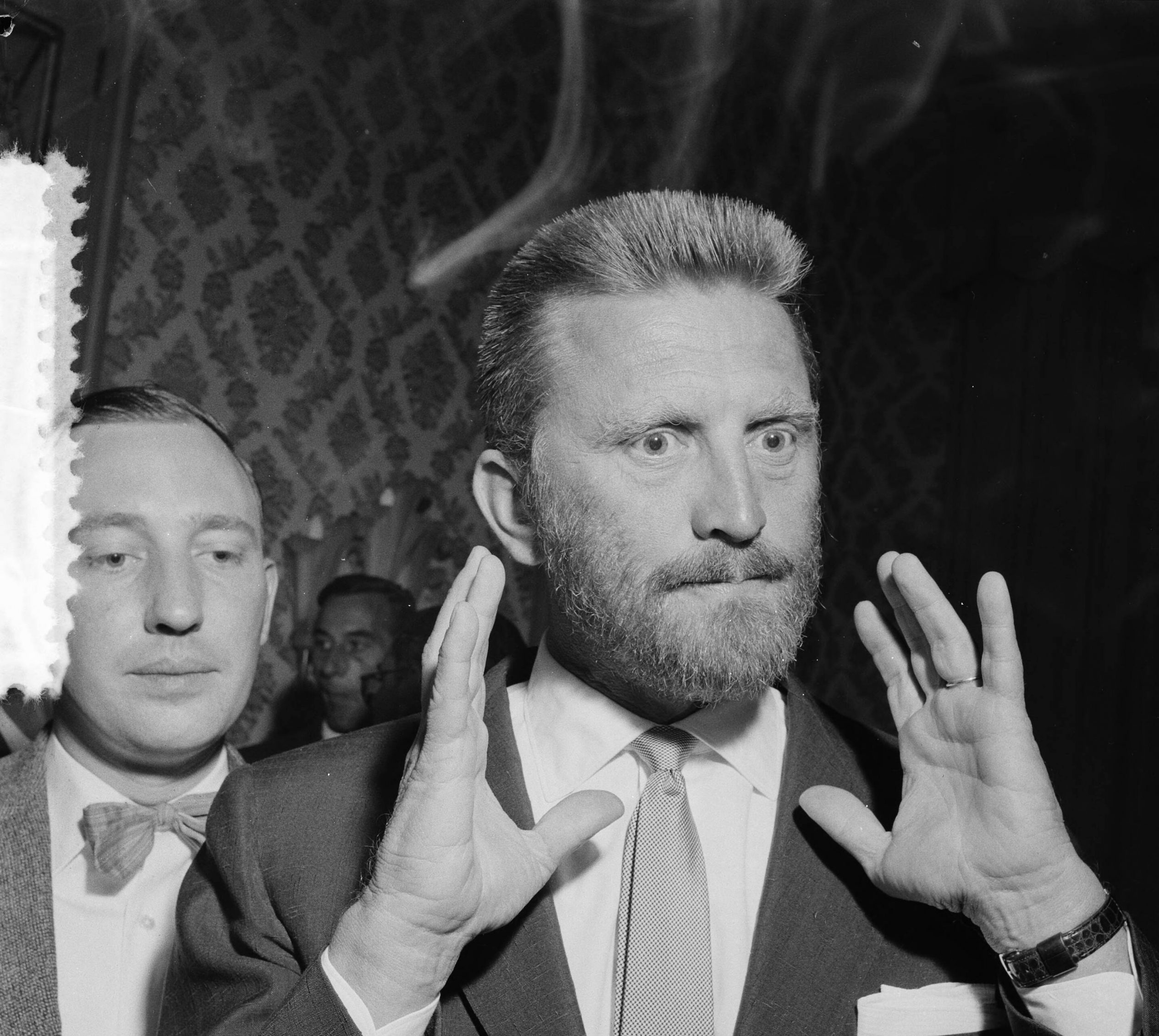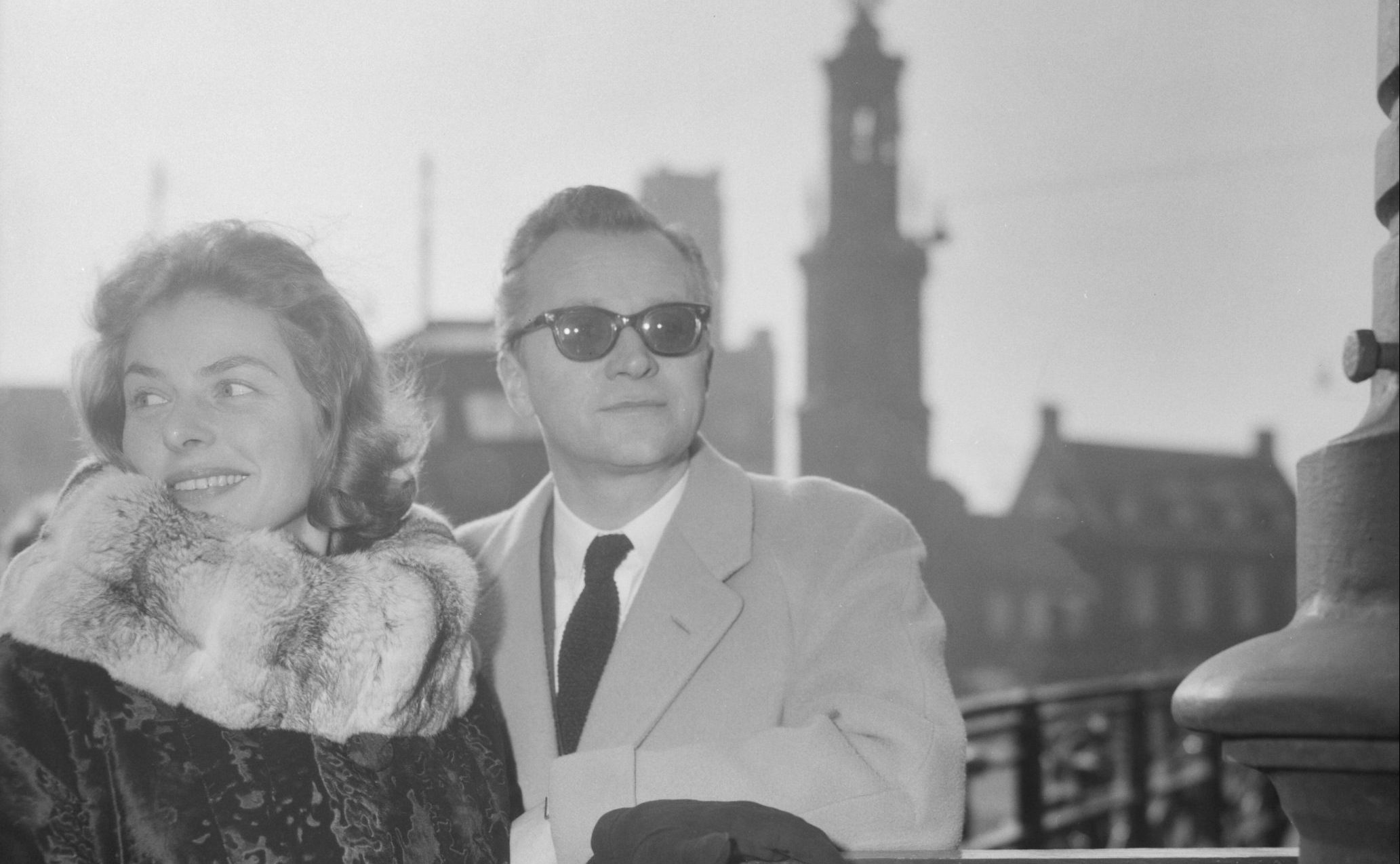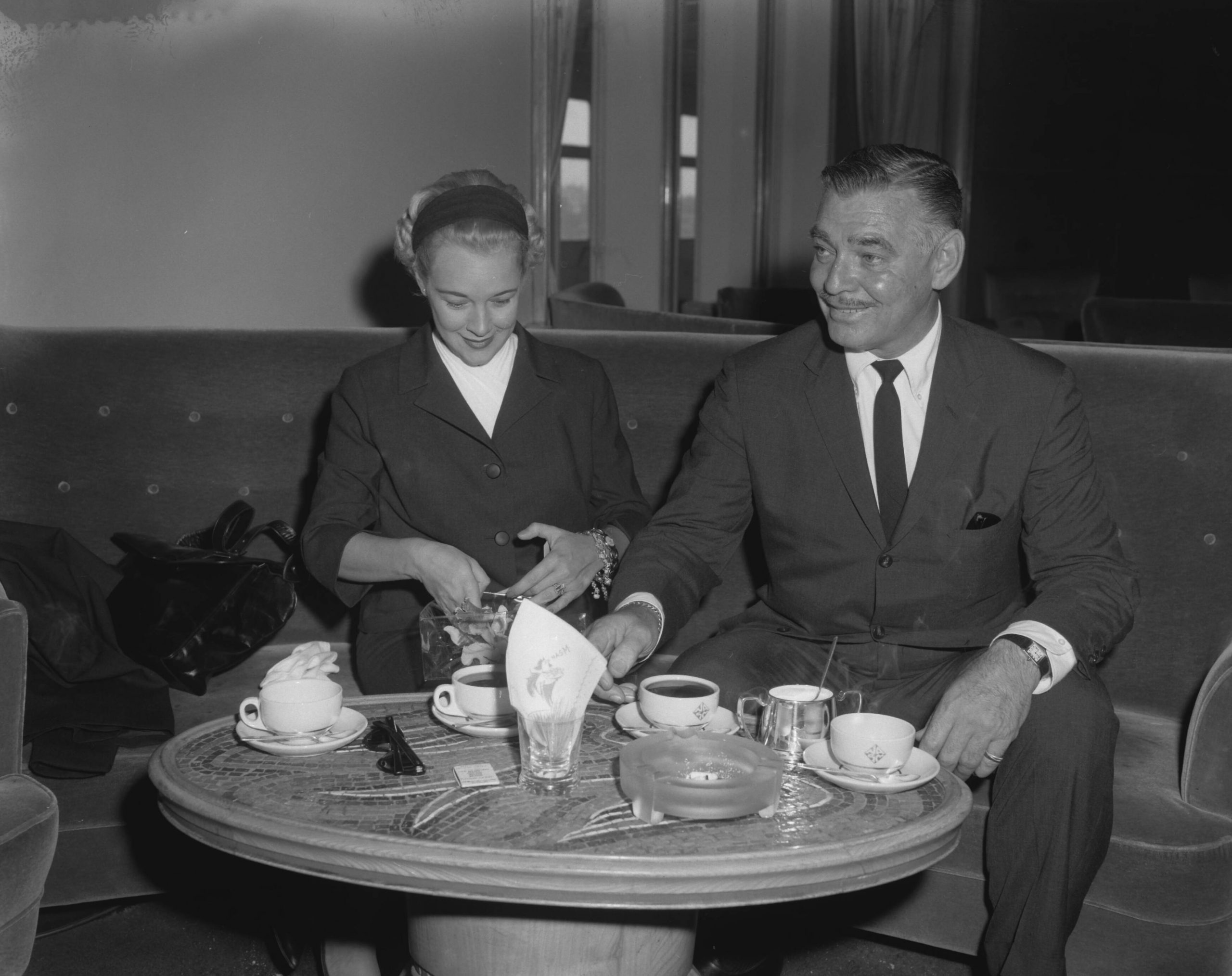“Carole, don’t take that plane,” Elizabeth Peters, Lombard’s mother, reportedly said to her daughter shortly before the fateful TWA Flight 3. Lombard decided by coin toss whether she and her entourage would take the plane – the result was in Lombard’s favour, who preferred the plane to a train journey that day. She was returning home from a war bond sales tour and wanted to be with her husband Clark Gable in California as quickly as possible. So it happened that the actress boarded the plane with her entourage.
The rest is history: On 16 January 1942, at seven o’clock in the morning, the plane, in which Carole Lombard and her mother were among the passengers, collided with Mount Potosi in Nevada. No one survived the crash.
The site of the accident was extremely difficult to access, which is why the debris of TWA Flight 3 can still be found there today. Clark attempted to reach the site himself, but was prevented from climbing the mountain. The news of his wife’s death changed Gable’s life profoundly.
Who was the actress who died in a dramatic plane crash on that January day in 1942? How did it come about that, despite her short life, she exerted an immense influence on the art of film that can still be felt today?
Carole Lombard’s voice did not have to hide at all.
Lombard does not become a silent film star – an advantage?
Carole Lombard was born on 6 October 1908 to well-off parents in Fort Wayne, Indiana: although she was born there, she later no longer considered Indiana her home. As a child, she went with her mother to Southern California: She lived there from then on and was spotted as a screen talent at a young age by film director Allan Dwan. The film industry was booming at the time: Lombard came to California in a critical phase in the history of Hollywood – at the end of the twenties the transition from silent films to sound films was imminent.
Carole Lombard already shone in smaller roles in the silent movies of the twenties: At the age of 16 Lombard got her first acting contract. But Lombard by no means became a star of the silent film era – one could think she saved all her acting potential until the time when the talkies came along. Thus, unlike many silent film stars, Lombard had no difficulties when the talkies came along. The talkies produced new stars not least because suddenly there was a focus on an actor’s voice: At the end of the twenties, the career of many a silent film star was over because his or her voice was not suitable for the screen. This opened the way for new actors, among them Carole Lombard: Carole Lombard’s voice did not have to hide at all.
Car accident
Lombard played her first leading role in 1925 in the silent drama Marriage In Transit: Although this film was well received by critics, it did not yet establish Carole Lombard as a leading actress in demand. Two years later, in September 1927, Carole Lombard was involved in a serious car accident: During the accident the windshield of the car was smashed and Lombard’s entire face bore severe injuries from the shards. The actress even doubted whether her career would continue at all as a result of the accident: In her biography of Carole Lombard, Olympia Kiriakou explains how at the time there was a general feeling that Lombard’s career was over as a result of the accident.
Only after several operations in which her face was reconstructed did there seem to be hope again for the young actress. She skilfully hid the scar that remained from the fateful car accident in September 1927 with make-up for the duration of her career and always gave the exposure technicians on the film set instructions to expose her face in such a way that the scar could not be seen.
The Orchid Lady
Carole Lombard got in touch with comedy early in her career: Lombard appeared in numerous silent film comedies by director Mack Sennett and was part of the so-called Sennett Bathing Beauties, a group of women who regularly appeared in Sennett comedies dressed in swimwear. Director Mack Sennett knew about Lombard’s car accident and gave her back a great deal of self-confidence by hiring the young actress for his projects.
In her biography of Lombard, film historian Olympia Kiriakou describes how Sennett avoided “languid close-ups“ of his actresses in his films: Consequently, the focus in the films in which Lombard appeared was not on her face, where scars could be seen, but on her body.
For Lombard, the time with Mack Sennett was a very important phase: it was her first encounter with comedy, a genre that she was to shape with her acting in the following ten years.
In 1930 Carole Lombard got a contract with Paramount Studios: Paramount was one of the most influential studios at that time and signed screen greats like Marlene Dietrich in the course of the thirties. Paramount gave the young actress an image: in his biography of Lombard, Larry Swindell (1929 – 2020) describes the image they gave Lombard with the epithet “The Orchid Lady”: the description “orchidaceous” had previously been invented for the voice film star Corinne Griffith. In Lombard’s case it meant an extremely elegant appearance (“like an orchid”). Lombard’s image deliberately combined attributes from other Hollywood stars of the 1930s – if one looks at Lombard’s films from the 1930s, one will discover allusions to Marlene Dietrich or Kay Francis, especially in the make-up.
Adventure on a film set
In contrast to many other actresses of her generation who did not like the daily routine on a film set, for Lombard working on a film set was like an adventure: Since she had been a teenager, she had done nothing else and wanted to do nothing else but be an actress.
The six-day week that was common in Hollywood at the time, with each working day starting at six in the morning, nevertheless stressed Lombard out: Some biographers attribute it to this circumstance that Lombard was not yet able to realise her full potential in the early thirties.
The late thirties were to be Carole Lombard’s career peak: The actress distinguished herself particularly in the genre of screwball comedies. In particular, the screwball comedy My Man Godfrey (1936) was a great success for Lombard and is still considered a prime example of screwball comedy today.
Collaboration with Hitchcock
After great success in the comedy genre, Carole Lombard was looking for a way to break away from screwball comedy and return to the dramatic genre in the late 1930s. After starring in a few dramatic films, all of which were relatively unsuccessful, Lombard realised that comedy was her subject: in 1941, Lombard convinced the newly arrived Hollywood director Alfred Hitchcock to direct his first comedy. When Lombard knocked on Hitchcock’s door to realize the screwball comedy Mr. and Mrs. Smith, Hitchcock reacted hesitantly at first – but when Lombard agreed to play one of the leading roles, Hitchcock was taken with the idea.
Mr and Mrs Smith was to be Carole Lombard’s penultimate film project: The shooting of her last film, To Be or Not To Be (1942), was completed just before Carole Lombard died in the fateful accident. The film To Be or Not to Be shows which direction Carole Lombard’s career might have taken had she not been killed in an accident: The film, directed by Ernst Lubitsch, is a symbiosis of black humour and thriller – the basically dramatic plot of the film is combined with comedy elements.
One may assume that the marriage between Gable and Lombard was about more than a publicity campaign.
After almost 100 years: Lombard unforgotten
When Larry Swindell published his biography of Carole Lombard in 1975, he declared that at that time – more than a quarter of a century after her death – no one, neither filmmakers nor film enthusiasts, had forgotten the legendary actress.
Today, almost a whole century after her death, biographies and articles about Carole Lombard’s life and career still appear regularly. Especially her relationship with Clark Gable is the subject of numerous publications – the Lombard-Gable couple went down in history as one of the most fascinating Hollywood couples. One may assume that the marriage between the two actors was about more than a publicity campaign: Clark Gable was buried next to Lombard according to his wishes after his death in 1960.
Despite her early death, Carole Lombard influenced the world of Hollywood like hardly any other actress of her generation: her comedy talent was unique – it was so unique that even the later “master of suspense”, Alfred Hitchcock, was tempted to realise a comedy with her. Lombard is not only remembered for her untimely death – her acting legacy, which spans almost a decade at the top of Hollywood, is unrivalled.
Der Bussard expresses its gratitude to Bloomsbury Publishing for the cooperation.
The historical analysis “Becoming Carole Lombard – Stardom, Comedy and Legacy”, written by Olympia Kiriakou, was kindly provided to Der Bussard. The publication served as main source for the article.
Publication information: Kiriakou, Olympia: “Becoming Carole Lombard – Stardom, Comedy and Legacy”, 2020 Bloomsbury Academic
Other sources: Swindell, Larry: Screwball: The Life of Carole Lombard, 1975 Morrow & an article published in Vanity Fair
Cover picture: © Simon von Ludwig

 Deutsch
Deutsch